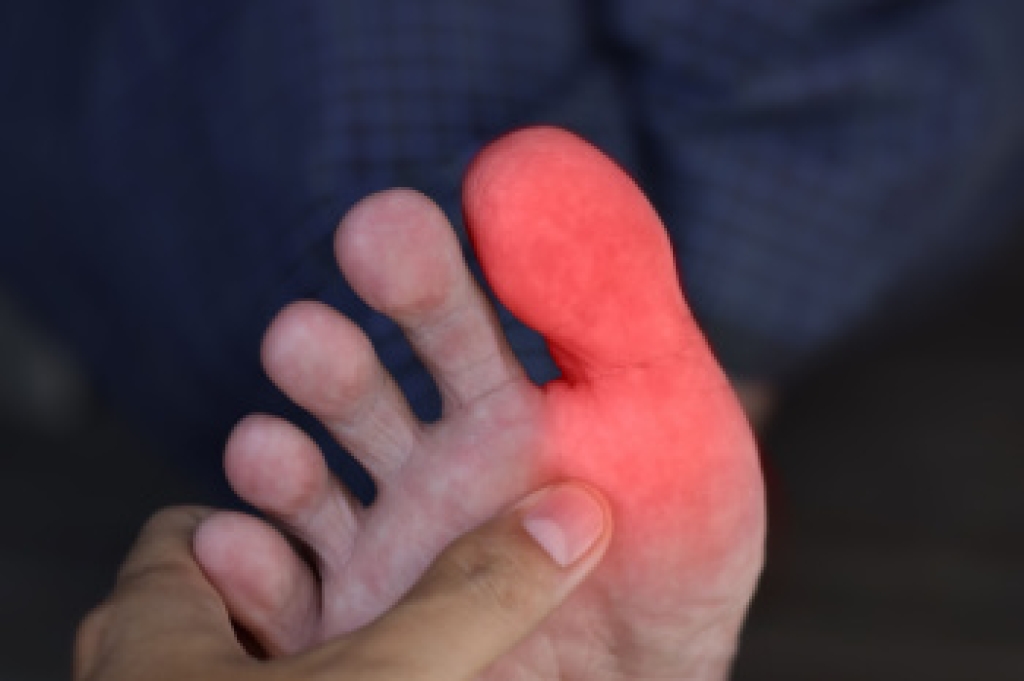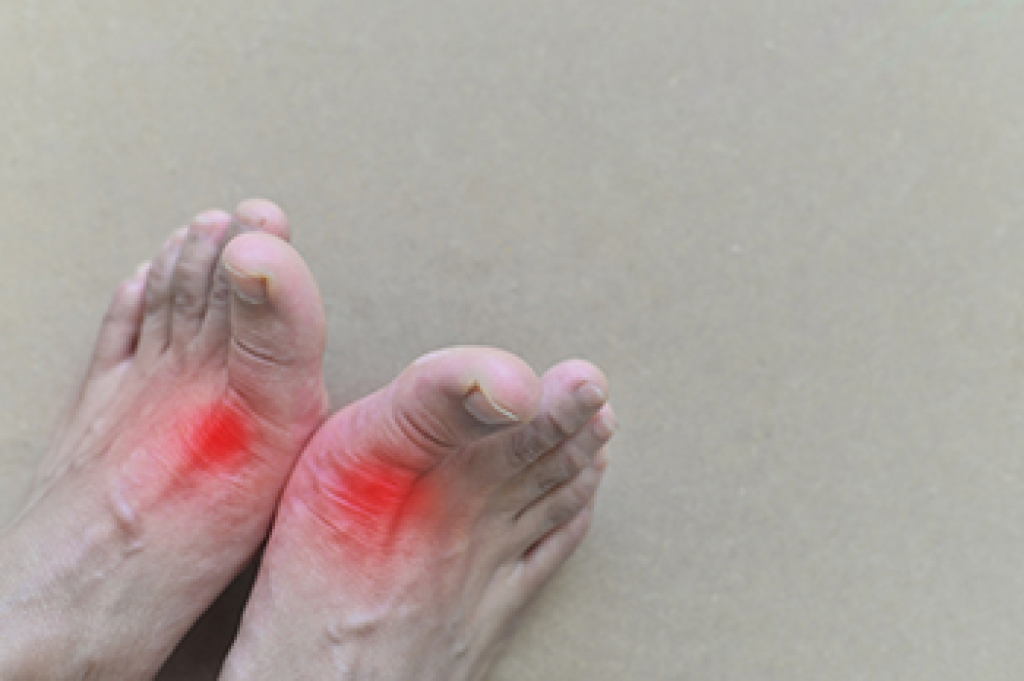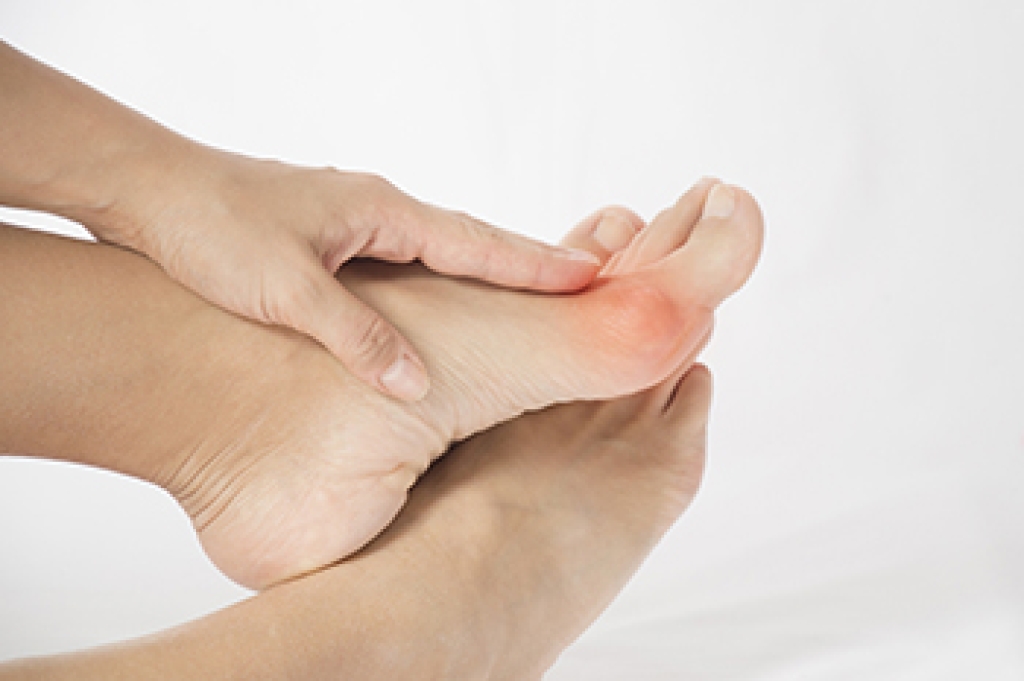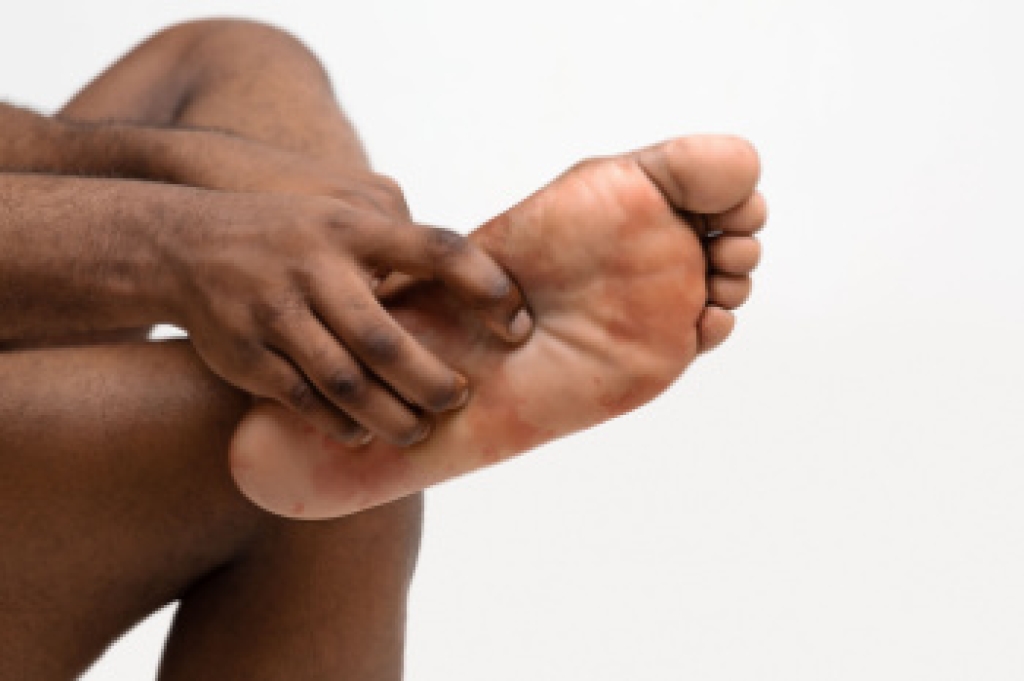
Toe numbness and tingling is an abnormal sensation often described as pins and needles. It can be caused by temporary nerve pressure, or the feeling of the toes falling asleep, or by more serious conditions such as peripheral neuropathy and diabetic neuropathy. These sensations may result from poor circulation, nerve damage, or prolonged pressure that interrupts normal nerve function. A podiatrist can help by identifying the underlying cause through examination and testing, providing treatments to improve circulation, relieve nerve pressure, and manage chronic conditions. They may also recommend footwear changes or lifestyle adjustments. If you experience persistent toe numbness or tingling, it is suggested that you schedule a visit with a podiatrist to protect nerve health and maintain mobility.
Toe pain can disrupt your daily activities. If you have any concerns, contact one of our podiatrists of Mt Rose Foot & Ankle Specialists. Our doctors can provide the care you need to keep you pain-free and on your feet.
What Causes Toe Pain?
Most severe toe pain is caused due to a sports injury, trauma from dropping something heavy on the toe, or bumping into something rigid. Other problems can develop over time for various reasons.
Toe pain can be caused by one or more ailments. The most common include:
- Trauma
- Sports injury
- Wearing shoes that are too tight
- Arthritis
- Gout
- Corns and calluses
- Hammertoe
- Bunions
- Blisters
- Ingrown toenails
- Sprains
- Fractures (broken bones)
- Dislocations
When to See a Podiatrist
- Severe pain
- Persistent pain that lasts more than a week
- Signs of infection
- Continued swelling
- Pain that prevents walking
Diagnosis
In many cases the cause of toe pain is obvious, but in others, a podiatrist may want to use more advanced methods to determine the problem. These can range from simple visual inspections and sensation tests to X-rays and MRI scans. Prior medical history, family medical history, and any recent physical traumatic events will all be taken into consideration for a proper diagnosis.
Treatment
Treatments for toe pain and injuries vary and may include shoe inserts, padding, taping, medicines, injections, and in some cases, surgery. If you believe that you have broken a toe, please see a podiatrist as soon as possible.
If you have any questions please contact our office located in Reno, NV . We offer the newest diagnostic and treatment technologies for all your foot and ankle needs.




